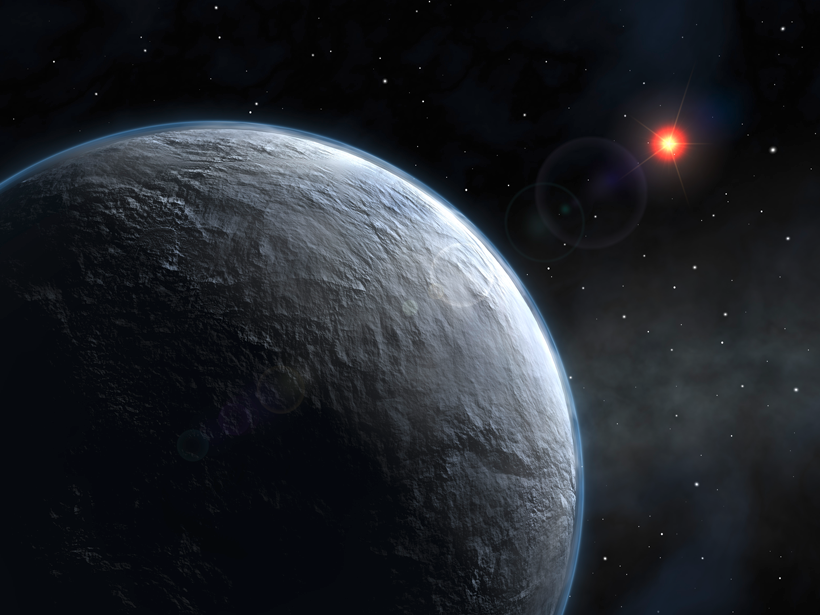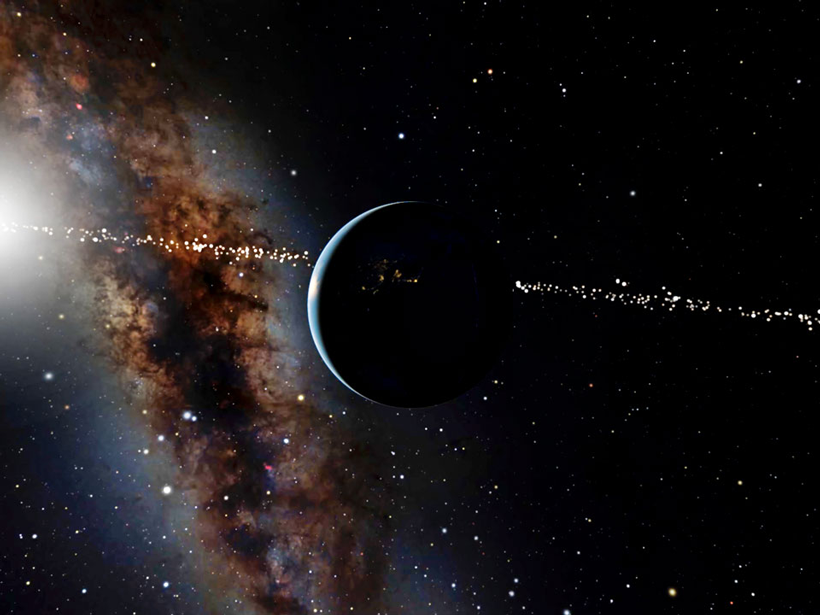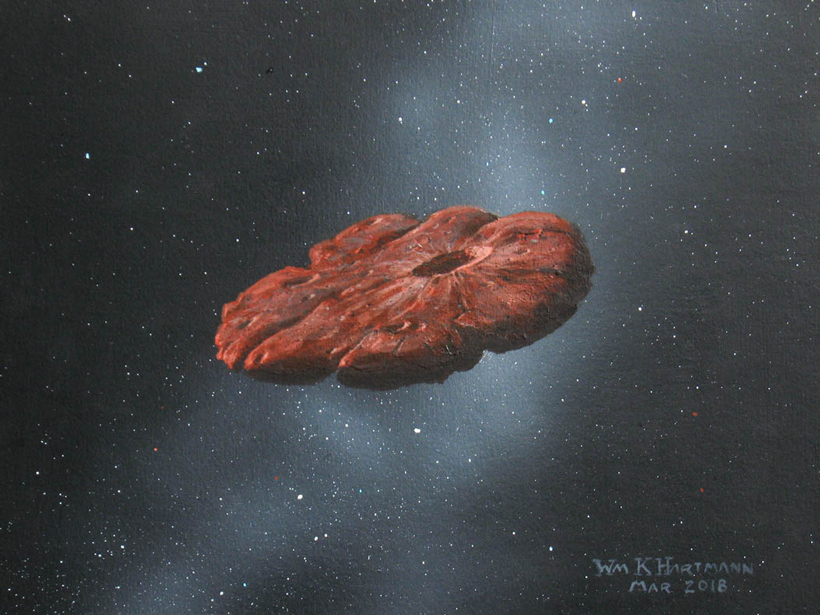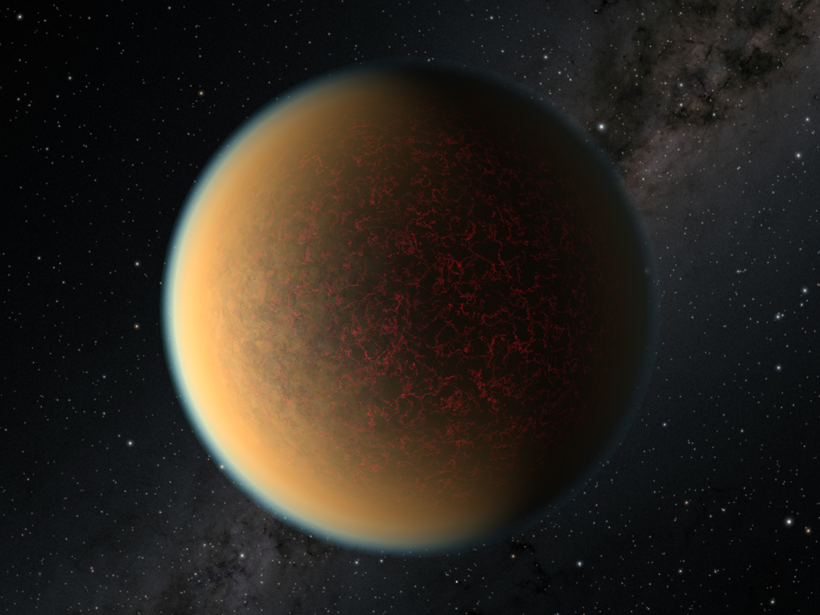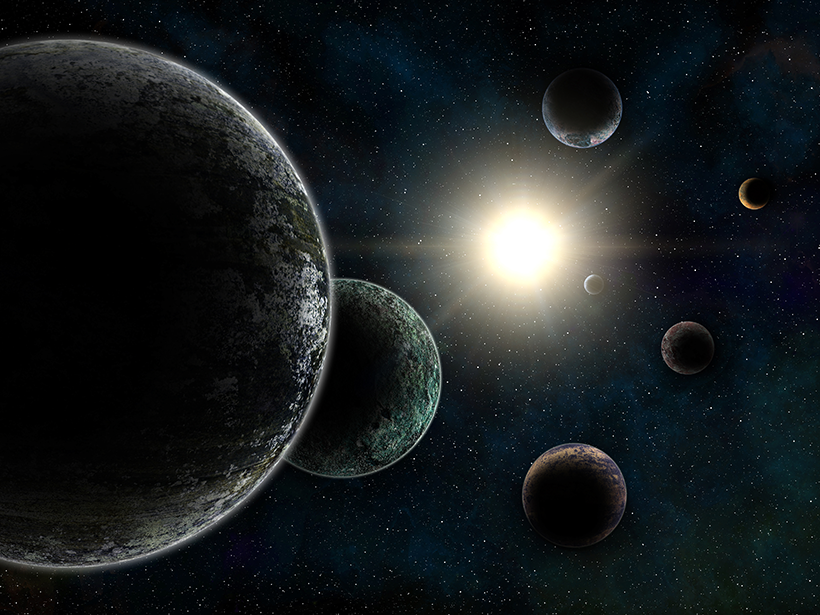In August, Eos looks at what the first round of observations with the James Webb Space Telescope might reveal about faraway worlds.
exoplanets
Exoplanets in the Shadows
The bright clutter of individual discoveries can overshadow some fascinating research, from necroplanetology to rogue planets to the intimacy of alphanumeric nomenclature.
Overture to Exoplanets
The curtain is about to rise on the James Webb Space Telescope. Let’s see what’s in store for its opening act.
The Forecast for Exoplanets is Cloudy but Bright
Clouds make climate modeling on Earth difficult. Identifying—and even defining—atmospheric phenomena on other planets is the next big exoplanet challenge.
Thousands of Stars View Earth as a Transiting Exoplanet
Researchers have identified more than 2,000 stars whose past, present, or future vantage points afford a view of Earth passing directly in front of the Sun, a geometry useful for pinpointing planets.
The Possible Evolution of an Exoplanet’s Atmosphere
Scientific sleuths explore data gathered trillions of kilometers away and put forth different, and often conflicting, ideas to reconstruct the gaseous envelope on a distant rocky exoplanet, GJ 1132 b.
Gap in Exoplanet Size Shifts with Age
Smaller planets are scarcer in younger systems and larger planets are lacking in older systems, according to new research that analyzed hundreds of exoplanets.
“Earth Cousins” Are New Targets for Planetary Materials Research
“Cousin” worlds—slightly bigger or slightly hotter than Earth—can help us understand planetary habitability, but we need more lab and numerical experiments to make the most of this opportunity.
‘Oumuamua May Be an Icy Fragment of a Pluto-Like Exoplanet
Researchers favor nitrogen ice as the most likely material for the mysterious interstellar object’s composition.


